|
HOME: www.hiltonpond.org |
|||
THIS WEEK at HILTON POND Subscribe for free to our award-winning nature newsletter (Back to Preceding Week; on to Next Week) |
11-19 Nov 2017 & 20-28-Jan 2018 Come be part of a real |
BIRDS OF MAY 2017 Each spring, millions--more likely billions--of birds depart the New World tropics to begin a perilous northbound migration to their breeding grounds in North America. Most fly by night, probably plotting their paths via an inherited map synchronized with the stars. Some may have an internal compass that follows Earth's gravitational fields, while other species use clues such as infrasonic sound or visible landmarks. That they make it at all is one of the great wonders of nature, and we are enthralled come May at Hilton Pond Center to capture and place bands on these migrants as they continue northward. As a Carolina Piedmont locale, the Center lies halfway between two flyways--Atlantic Coastal and Appalachian--one likely reason we don't see really big numbers that occur along those routes. Even so, the diversity of bird species we handle is always interesting, and this year in May we had 122 individuals of 28 species. Most were migrants--some of which will stay the summer--but several were year-round Hilton Pond residents that put on new plumage for the breeding season ahead. To celebrate the "Birds of May 2017," our installment below is mostly avian images with brief comments about local abundance and breeding status reflecting our 36 years of on-site banding research.
All text, maps, charts & photos © Hilton Pond Center RUBY-THROATED HUMMINGBIRD (RTHU) STATUS AT HILTON POND: Migrant & summer resident; likely breeds on-site, with one nest found on adjoining property.
All text, maps, charts & photos © Hilton Pond Center ROSE-BREASTED GROSBEAK (RBGR) STATUS AT HILTON POND: Migrant; no confirmed breeding records from South Carolina.
All text, maps, charts & photos © Hilton Pond Center
All text, maps, charts & photos © Hilton Pond Center ROSE-BREASTED GROSBEAK (RBGR) NOTES: Female and immature male RBGR both resemble a giant brown sparrow but with prominent white superciliary line (see photo above); under-wing coverts (photo below) are yellow in female, rosy in immature males; young males may have pale, rosy breasts.
All text, maps, charts & photos © Hilton Pond Center
All text, maps, charts & photos © Hilton Pond Center GRAY CATBIRD (GRCA) STATUS AT HILTON POND: Migrant, with some staying to breed and others undoubtedly going further north; a few may spend the winter in the area; breeds on-site with nests found.
All text, maps, charts & photos © Hilton Pond Center GREAT CRESTED FLYCATCHER (GCFL) STATUS AT HILTON POND: Migrant & summer resident; breeds on-site with one nest found.
All text, maps, charts & photos © Hilton Pond Center BLUE-GRAY GNATCATCHER (BGGN) STATUS AT HILTON POND: Migrant & summer resident; breeds on-site with several nests found.
All text, maps, charts & photos © Hilton Pond Center WHITE-EYED VIREO (WEVI) STATUS AT HILTON POND: Migrant & summer resident; likely breeds on-site; females with fresh brood patches have been captured but no nests found.
All text, maps, charts & photos © Hilton Pond Center COMMON YELLOWTHROAT (COYE) STATUS AT HILTON POND: Migrant & questionable summer resident, although the species breeds across South Carolina; most captures--the vast majority being males--have been in May as probable migrants; no nests found and no females captured with fresh brood patches; this is an enigmatic species at Hilton Pond.
All text, maps, charts & photos © Hilton Pond Center BLACKPOLL WARBLER (BLWA) STATUS AT HILTON POND: Migrant, mostly in spring (see below).
All text, maps, charts & photos © Hilton Pond Center AMERICAN REDSTART (AMRE) STATUS AT HILTON POND: Migrant; no local breeding evidence, although there are a few state records less than 50 miles to our east.
All text, maps, charts & photos © Hilton Pond Center AMERICAN REDSTART (AMRE) NOTES: First-year male AMRE are sometimes difficult to differentiate from females; usually, however, the males have flanks with more of a salmon tint, while females are yellow.
All text, maps, charts & photos © Hilton Pond Center NORTHERN PARULA (NOPA) STATUS AT HILTON POND: Migrant & summer resident; likely breeds on-site; no nests found, but females with fresh brood patches and recent fledglings have been captured in June.
All text, maps, charts & photos © Hilton Pond Center BLACK-THROATED BLUE WARBLER (BTBW) STATUS AT HILTON POND: Migrant; only a few breeding records from mountains in extreme northwestern South Carolina.
All text, maps, charts & photos © Hilton Pond Center BLACK-AND-WHITE WARBLER (BAWW) STATUS AT HILTON POND: Migrant & summer resident; likely breeds on-site; no nest found but females with fresh brood patches have been captured.
All text, maps, charts & photos © Hilton Pond Center SUMMER TANAGER (SUTA) STATUS AT HILTON POND: Migrant & summer resident; likely breeds on-site; no nests found but females with fresh brood patches have been captured.
All text, maps, charts & photos © Hilton Pond Center BROWN-HEADED COWBIRD (BHCO) STATUS AT HILTON POND: Migrant, with 99% captured during spring; some may remain during winter in mixed blackbird flocks; likely breeds on-site, with gravid females and recent fledglings captured.
All text, maps, charts & photos © Hilton Pond Center SWAINSON'S THRUSH (SWTH) STATUS AT HILTON POND: Migrant, especially in fall.
All text, maps, charts & photos © Hilton Pond Center WOOD THRUSH (WOTH) STATUS AT HILTON POND: Migrant & summer resident; likely breeds on site; no nests found but females with fresh brood patches and recent fledglings have been captured.
All text, maps, charts & photos © Hilton Pond Center INDIGO BUNTING (INBU) STATUS AT HILTON POND: Migrant & summer resident; likely breeds on-site; no nests found but females with fresh brood patches have been captured.
All text, maps, charts & photos © Hilton Pond Center EASTERN BLUEBIRD (EABL) STATUS AT HILTON POND: Year-round resident; breeds on-site, with nest boxes (and old woodpecker holes) used on many occasions.
All text, maps, charts & photos © Hilton Pond Center NORTHERN CARDINAL (NOCA) STATUS AT HILTON POND: Year-round resident; breeds on-site with many nests found.
All text, maps, charts & photos © Hilton Pond Center EASTERN TOWHEE (EATO) STATUS AT HILTON POND: Year-round resident; apparently breeds on-site; no nest found but females with fresh brood patches and recent fledglings have been captured.
All text, maps, charts & photos © Hilton Pond Center EASTERN TOWHEE (EATO) NOTES: Eastern Towhees, formerly Rufous-sided Towhees, were renamed when ornithologists learned they did not breed with western populations now known as Spotted Towhees; young EATO have brownish-gray eyes that usually turn red in adults (as in photo just above).
All text, maps, charts & photos © Hilton Pond Center HOUSE FINCH (HOFI) STATUS AT HILTON POND: In early 1980s HOFI were migrants only, now most are year-round resident breeders with no known long-distant migrants in nearly 20 years; most bandings in past decade have been recent fledglings; breeds on-site with nests found.
All text, maps, charts & photos © Hilton Pond Center DOWNY WOODPECKER (DOWO) STATUS AT HILTON POND: Year-round resident; breeds on-site with nests found.
All text, maps, charts & photos © Hilton Pond Center PINE WARBLER (PIWA) STATUS AT HILTON POND: Year-round resident; apparently breeds ons-site; recent fledglings and females with fresh brood patches have been captured.
All text, maps, charts & photos © Hilton Pond Center RUBY-THROATED HUMMINGBIRD (RTHU) NOTES: Adult male RTHU have returned to Hilton Pond as early as 27 March (four different years), with first adult females arriving a week or two later (early record is 8 April); not until mid- to late May do our nectar-rich Trumpet Creeper vines begin to bloom and deposit yellow-green pollen on the heads of hummers that visit (see photo above); in 2017 through 31 May we banded 23 new RTHU at the Center, already supplemented by a whopping 31 returns banded in previous years; ten of those were recaptured on 29 May, with nine more the day following. May is always a good month for banding birds at Hilton Pond Center, especially if one appreciates the diversity that comes with having a mix of resident birds AND Neotropical migrants. Those individuals depicted above represent a mere smidgen of countless birds arriving, staying, or passing through the Carolina Piedmont this spring. Our mist netting efforts were limited somewhat because of out-of-state travel and heavy rains on several days, else we likely would have caught even more to decorate this page. If the weather is good in September it will be interesting to compare our fall banding results with what we've just accomplished in May 2017. All text, maps, charts & photos © Hilton Pond Center Don't forget to scroll down for Nature Notes & Photos, 
Checks can be sent to Hilton Pond Center at: All contributions are tax-deductible on your |
|---|
|
"This Week at Hilton Pond" is written and photographed by Bill Hilton Jr., executive director of Hilton Pond Center for Piedmont Natural History
|
|
|
Please refer "This Week at Hilton Pond" to others by clicking on this button: |
Comments or questions about this week's installment? Send an E-mail to INFO. (Be sure to scroll down for a tally of birds banded/recaptured during the period, plus other nature notes.) |

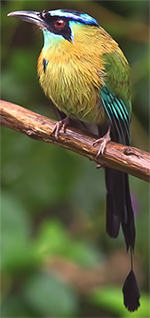 JUST ANNOUNCED!
JUST ANNOUNCED! 

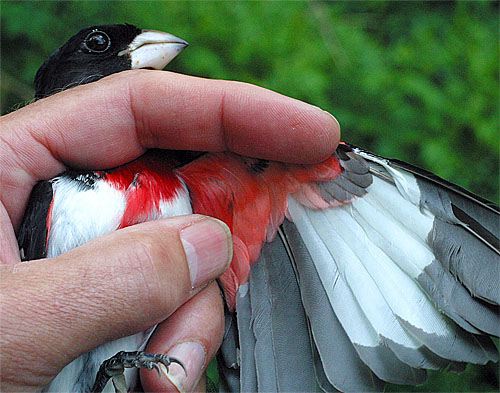



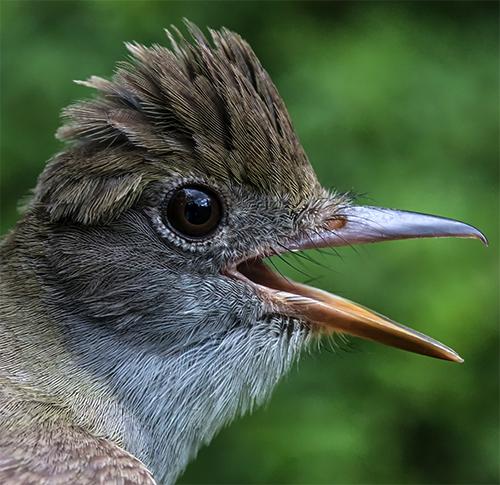

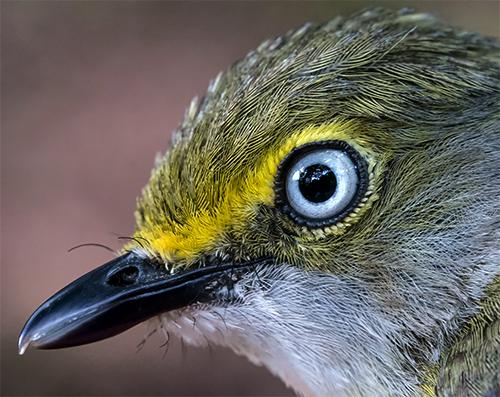
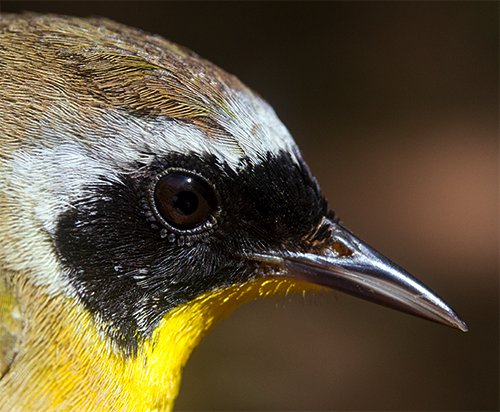
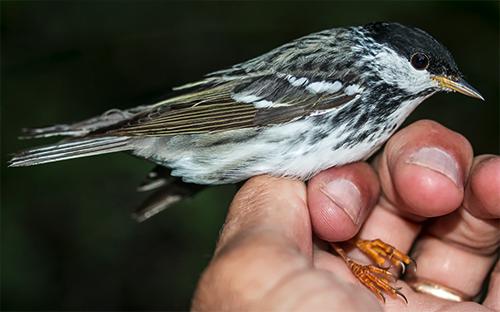

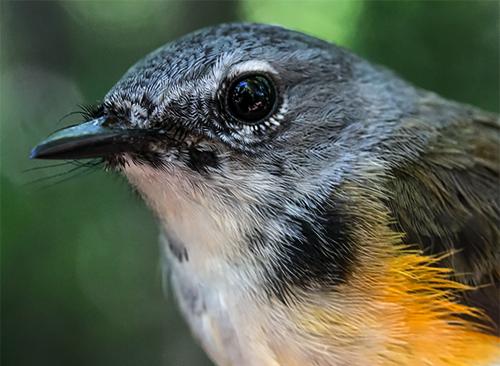
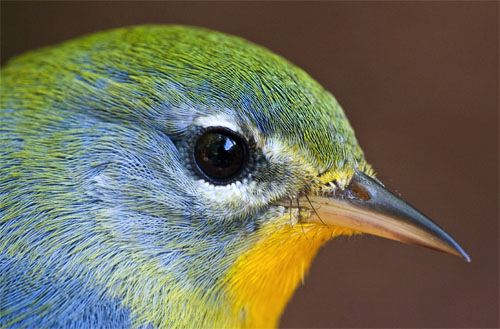
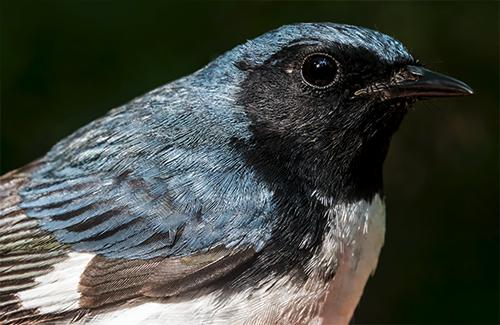

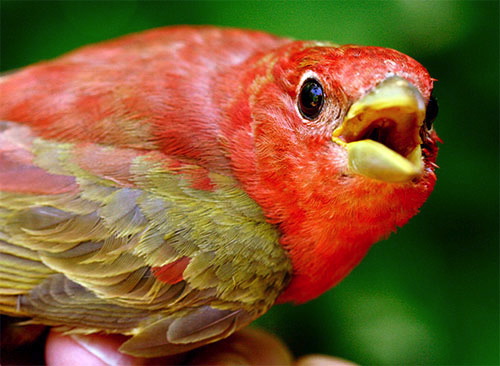
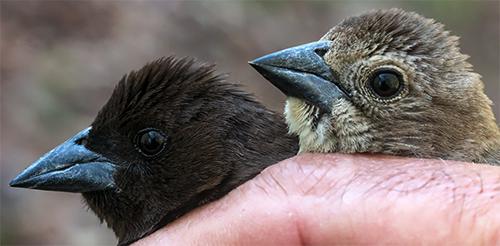
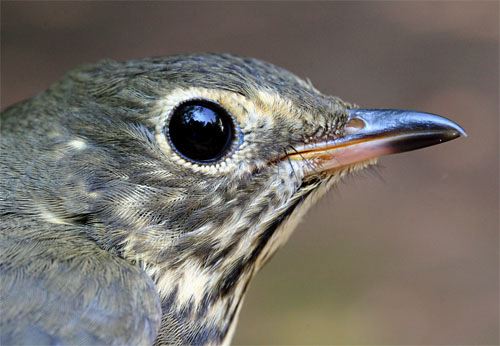
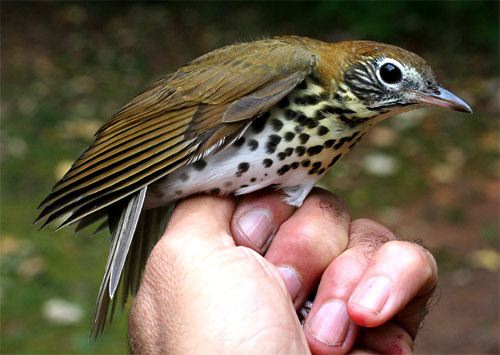

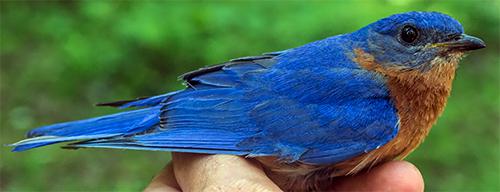

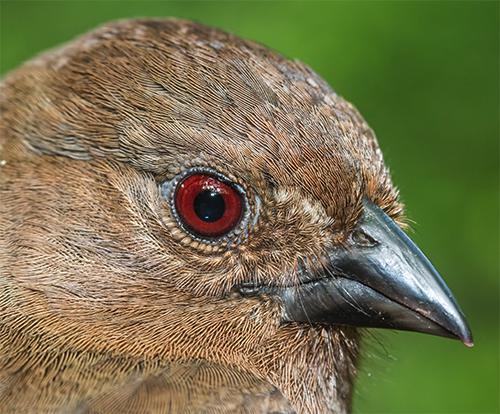
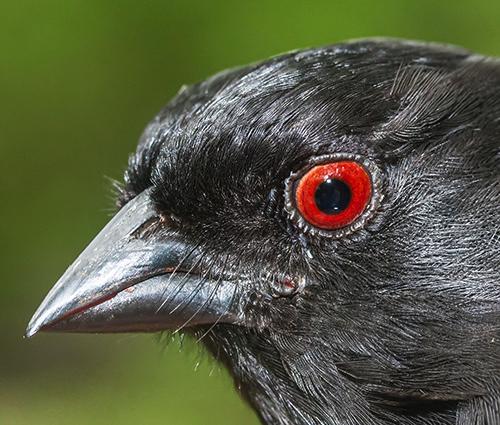
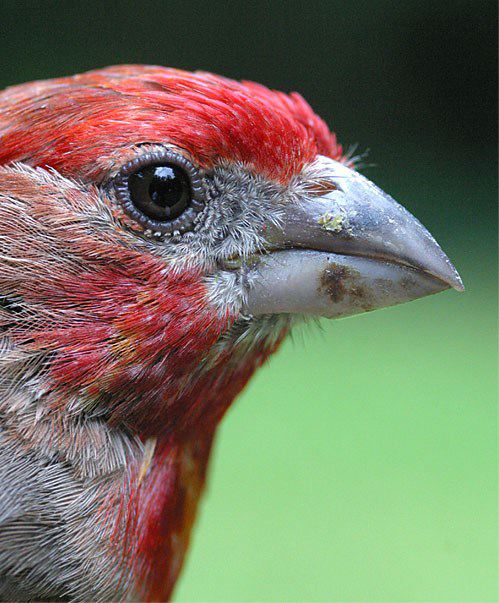
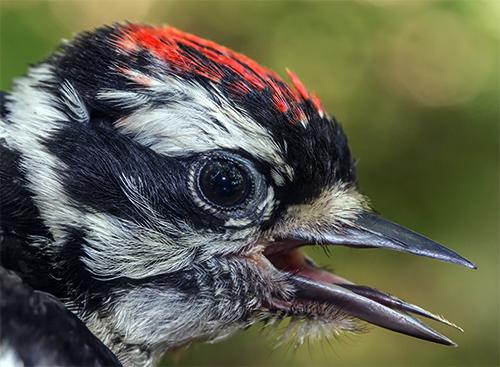

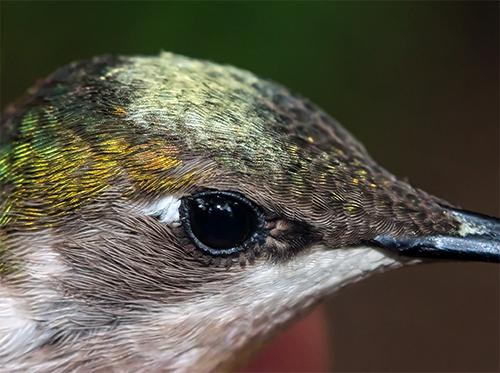








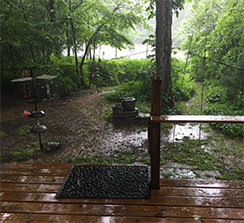
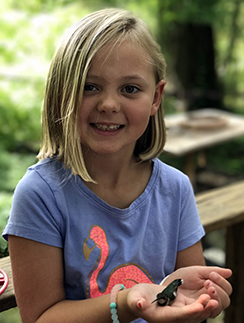

 Please report your
Please report your